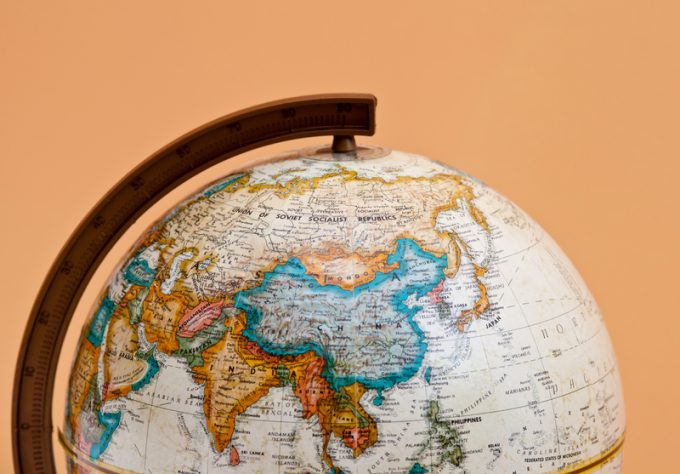US shippers slam USTR port fee plan – 'an apocalypse for trade'
The Trump administration’s plan to revive US shipbuilding by levying hefty fees on China-built or ...

Despite two years of damage and disruption from Covid-19, logistics professionals are “remarkably” bullish on global growth.
However, the 750 survey respondents to the 2022 Agility Emerging Markets Logistics Index, published in partnership with Transport Intelligence, acknowledge the pandemic will continue to place a drag on developing economies.
The report says: “A year of extreme supply chain dysfunction in 2021 saw capacity constraints, bottlenecks, sky-high freight rates and supply shortages globally. The forces driving the dysfunction remain in place and look set ...
Asia-USEC shippers to lose 42% capacity in a surge of blanked sailings
USTR fees will lead to 'complete destabilisation' of container shipping alliances
New USTR port fees threaten shipping and global supply chains, says Cosco
Outlook for container shipping 'more uncertain now than at the onset of Covid'
Transpac container service closures mount
DHL Express suspends non-de minimis B2C parcels to US consumers
Zim ordered to pay Samsung $3.7m for 'wrongful' D&D charges
Flexport lawsuit an 'undifferentiated mass of gibberish', claims Freightmate

Comment on this article